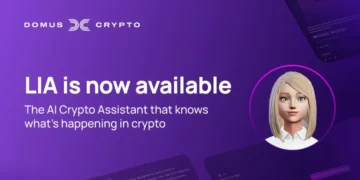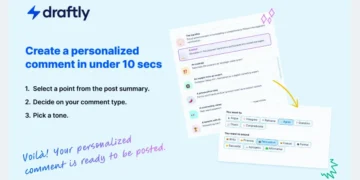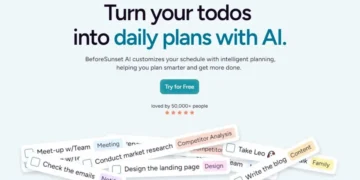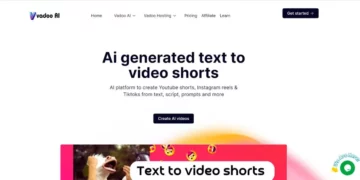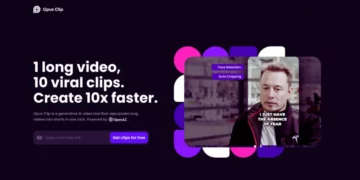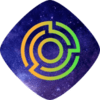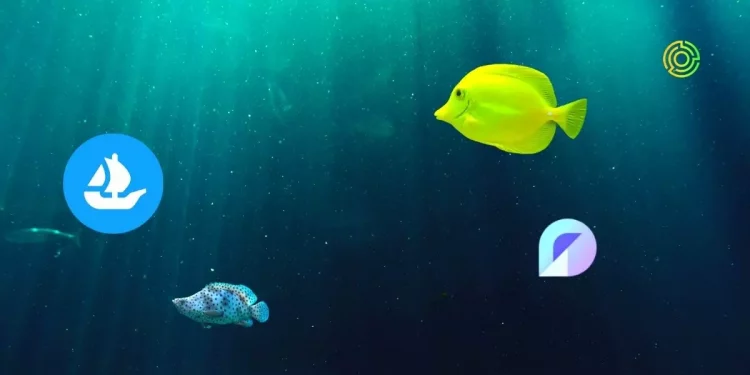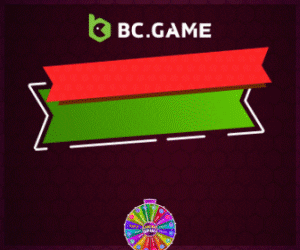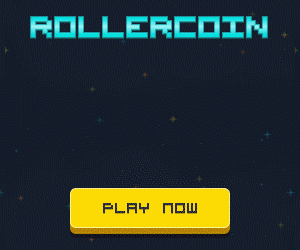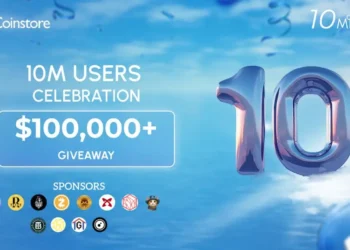Leading NFT marketplace OpenSea today announced a new Web3 marketplace protocol, Seaport, for buying and selling NFT securely and efficiently.
Introducing Seaport, a brand new web3 marketplace protocol for safely and efficiently buying and selling NFTs.
With an emphasis on flexibility and optimizations, Seaport has been built to support new and evolving use-cases for where NFTs are heading.https://t.co/3lUQIQm0km
— OpenSea (@opensea) May 20, 2022
Although the marketplace will be based on the first iteration of the protocol, Seaport is an open source project available to all NFT builders, creators and collectors.
On platforms built with Seaport, “bidders” – can agree to supply a number of ETH / ERC20 / ERC721 / ERC1155 items. Before the offer is accepted, the receiver must receive a number of items indicated by the offeror in a process OpenSea calls “consideration”.
This means that bidders can acquire NFTs using a combination of different assets rather than just cryptocurrencies. For example, users can offer a combination of NFTs and cryptocurrencies that add up to the value of the NFT they want to acquire.
“OpenSea does not control or operate the Seaport protocol – we will be just one, among many, building on this shared protocol,” the NFT marketplace said. “As adoption grows and developers create new and evolving use cases, we are all responsible for keeping each other safe.”
Each Seaport listing consists of a signature charge that clearly outlines what can be spent and what will be received back by whom. Users can make their listings in a variety of ways.
“The simplest way is to choose a specific listing and create an implicit “mirror” of that listing, with the fulfiller receiving all of the items in the offer and supplying all of the items in the consideration,” the blog states.
Seaport also allows people to filter collections of NFTs by trait, allowing them to purchase NFTs with their preferred trait. Bidders can also combine partial fillers of offered items with criteria-based items to create standing offers to buy or sell multiple NFTs that share a given trait.
Each item can also specify a “starting amount” and “ending amount” that are compared to the real-time price as well as the bid start and end time to get a current amount, allowing for an ascending and descending amount mechanic, like reverse Dutch auctions.
Last but not least, Seaport supports tipping, which means that a bidder can include additional “consideration” items when fulfilling the purchase of an NFT, as long as they do not tip more than the original bid.
In what appears to be a battle of the NFT marketplaces, platforms have been introducing new features to compete with each other and, especially, dethrone Opensea.
LooksRare has recently launched a rewards program to entice more creators to list their collections on the platform, while Coinbase NFT has recently opened to the public, with only 328 NFT sales to date according to data from “cryptuschrist” at Dune Analytics.
